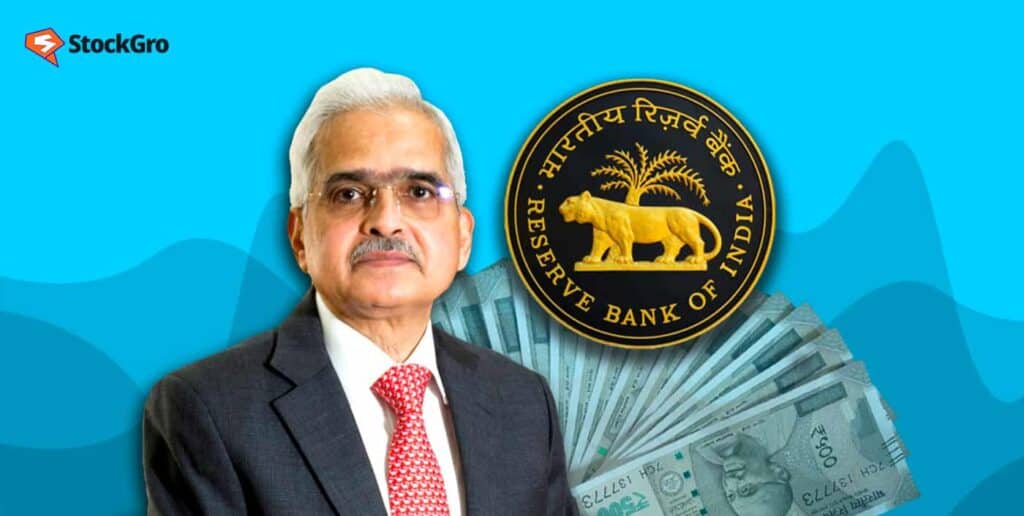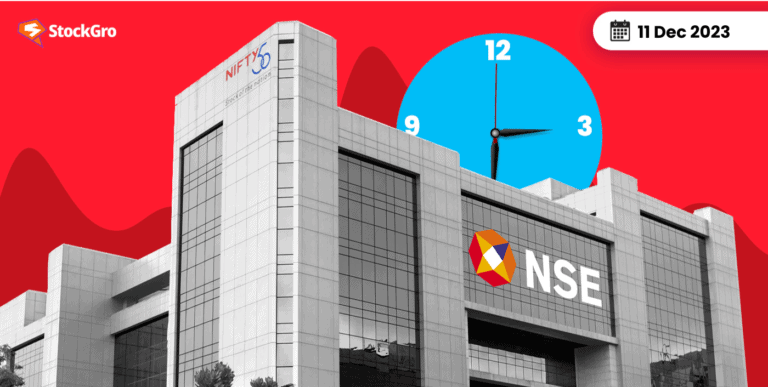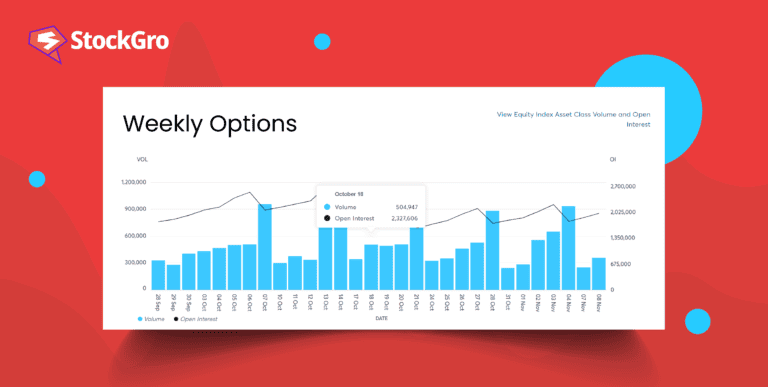
On Friday, December 8, the Reserve Bank of India (RBI) retained policy rates and positions in line with expectations, avoiding any surprises for the market. RBI governor Shaktikanta Das said the MPC would continue to be “actively disinflationary.”
Following its December meeting, the RBI’s Monetary Policy Committee (MPC) unanimously agreed to maintain the repo rate at 6.5%. The interest rate that the RBI charges other banks for loans is known as the repo rate. Five of the six members of the MPC voted in favour of maintaining the policy of “withdrawal of accommodation.”
While the latest RBI MPC meeting dates were from December 6 to December 8, the last monetary policy review was held in August 2023. The RBI MPC meeting dates in August 2023 were August 8, 9, and 10. After thoroughly considering all relevant factors, it was unanimously determined to maintain the policy repo rate at 6.50 per cent.
Following six consecutive rate hikes, reaching 250 basis points from May 2022 to February 2023, the rate increase cycle was put on hold in April.
So, how will the latest review influence GDP growth, and how does it impact the stock market? We will get into that, but first, let’s look at the key takeaways from the December RBI MPC meeting.
You may also like: Fueling India’s growth engine: Evolution and outlook of oil & gas industry
RBI MPC meeting outcome: Key takeaways
No change in repo rate or policy stance, RBI says
As expected, the RBI MPC maintained its monetary policy stance and repo rate while considering the macroeconomic environment. The RBI kept its “withdrawal of accommodation” strategy and retained the repo rate at 6.5%.
Withdrawal of accommodation refers to the money policy that RBI introduced during the pandemic, which included supplying the economy with a significant amount of funding to maintain its stability.
The RBI wants to be prepared to move when necessary since inflation is still higher than its 4% objective and the world economy is still shaky despite India’s impressive development.
Glimpses of GDP growth
With Q3 GDP at 6.5%, against the forecasts of 6% previously and Q4 GDP at 6%, in opposition to estimates of 5.7% earlier, the RBI increased its real GDP growth outlook for FY24 to 7% from 6.5% earlier.
No surprises in the current inflation forecast
With Q3 projections of 5.6% and Q4 forecasts of 5.2%, the RBI maintained its stance on inflation and forecasted Consumer Price Index (CPI)-based inflation, or retail inflation, at 5.4% for FY24.
“We have made significant progress in bringing down inflation to below 5% in October 2023, despite occasional blips due to intermittent supply shocks,” Das stated.
The issue with connected lending
Governor Das said that the current connected lending (lending to connected associates within the same corporate group) specifications have a limited scope. As a result, the RBI has decided to provide a single regulatory framework for connected lending to all of its regulated organisations. This will improve the way regulated companies price and manage credit.
RBI eases liquidity access with SDF and MSF
As of December 30, 2023, the RBI has agreed to permit the reversal of liquidity facilities under the SDF (Standing Deposit Facility) and MSF (Marginal Standing Facility), including on holidays and weekends.
The RBI offers banks the MSF, which functions similarly to an emergency option. Thus, via MSF, banks may still get funds from the RBI if they run out of funds to lend to one another. Conversely, SDF offers banks a secure short-term storage option for excess cash.
UPI transactions got a boost
The RBI has suggested raising the UPI transaction limit from ₹1 lakh to ₹5 lakh per transaction for payments made for healthcare and education.
E-mandate: RBI raises the cap for hassle-free recurring payments
Any recurring transaction above ₹15,000, according to the e-mandate framework, is now subject to an additional factor of authentication (AFA). For periodic instalments of credit card repayments, insurance fees, and mutual fund subscriptions, the RBI suggested raising this maximum to ₹1 lakh per transaction.
Also read: What is Consumer Price Index (CPI)? How does it shape your finances?
RBI MPC’s GDP forecast
According to RBI Governor Shaktikanta Das, real GDP growth is expected to increase from 6.5% to 7% between 2023 and 2024. In the current fiscal year 2023–24, the Indian economy expanded 7.6% from July to September. On the other hand, India’s GDP grew by 7.8% during the April- June quarter.
GDP is expected to grow by 6.7% in Q1 2024, 6.5% in Q2 2024, and 6.4% in Q3 2024.
During the monetary policy review in October, the central bank predicted real GDP growth for the second quarter at 6.5%, 110 basis points less than the actual figure disclosed by the Ministry of Statistics and Programme Implementation (MOSPI).
Additionally, Das stated that the consumer price inflation (CPI) for 2023–2024 was set at 5.6%, with 5.6% for Q3 and 5.2% for Q4. The forecasted CPI inflation rates for Q1 2024 are 5.2%, Q2 4%, and Q3 4.3%. Although the goal of 4% inflation is still far off, the risks are well balanced.
Repo rate unchanged: Impact on the stock market
On December 8, the benchmark Nifty struck a new high as it exceeded the 21,000 barrier for the first time. In intraday trade, the Nifty index increased by as much as 105 points, setting a record high of 21,006.10. In the meantime, the Sensex surged about 367 points that day to reach an all-time high of 69,888.33 in intraday trading.
The Monetary Policy Committee’s decision seems favourable overall for the equities markets, fueling the already skyrocketing shares. This is the sixth session in which the Nifty has reached a record high in December.
In addition to the policy announcement, the index reached its highest point due to supportive market conditions worldwide, steady inflows of foreign capital, strong macroeconomic data, and a decline in the price of crude oil.
In December, the index increased by more than 4%, with negative returns recorded in only one session of the current month. This follows a 5.5% increase in November. In the previous year, the index increased by over 13 per cent, while overall, in 2023 YTD, it has risen by nearly 15 per cent.
Experts predict that the policies will remain in place moving forward, and positive economic indicators will support the stock market’s steady progress overall. The upcoming 2024 elections and earnings season will soon influence the markets.
Also read: A closer look at India’s latest Q4 GDP data: Key takeaways
Conclusion
There is no doubt that investors are presented with a stable environment with the decision to keep the policy repo rate in place and the ongoing emphasis on inflation targeting.
India’s solid economic foundations, GDP growth, and stability will undoubtedly promote investor confidence. The banking industry may also profit from this situation because stable interest rates enable better margin management.

